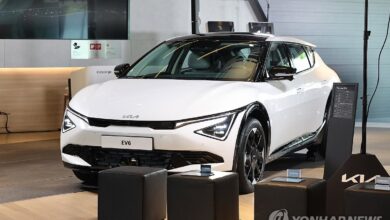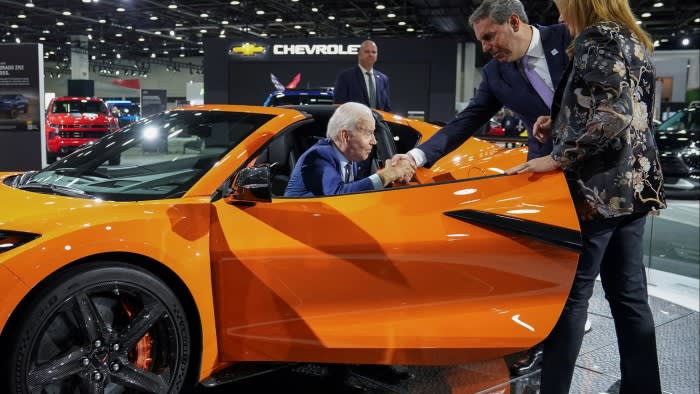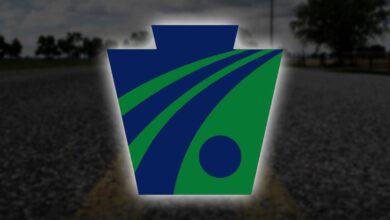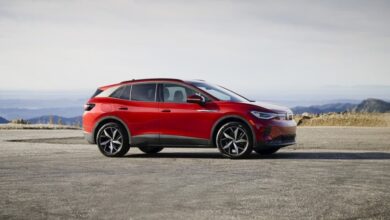Carpool lane access for electric vehicles in California could be coming to an end – NBC 7 San Diego
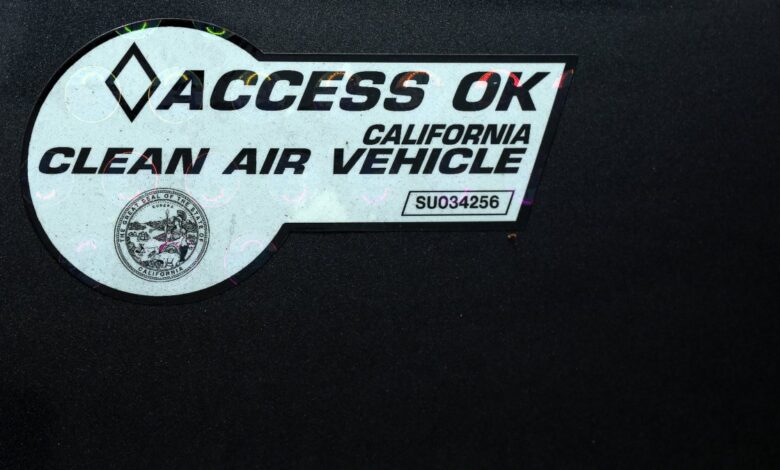
Drivers of cars with a Clean Air Vehicle decal have been driving in California HOV and carpool lanes without passengers since 2005, thanks to a federal transportation bill.
However, that access could be coming to an end.
Nearly 20 years ago, legislation authorized by the U.S. Environmental Protection Agency allowed solo drivers in low-emission and energy-efficient cars to use the carpool lanes, with the goals of promoting the use of alternate fuel vehicles and to help the environment.
The California Clean Air Vehicle program is set to expire come Sept. 30, however, and without federal or state intervention, the decals won’t be renewed, and so would the carpool-lane exceptions for electric and hybrid cars.
Currently, there are more than 400,000 drivers in California who have the decals, and many of them, like Linda Schneider, bought their electric car to shorten and ease their commute.
“Gas fees were the biggest reason, and that was the second reason for buying,” Schneider said.
Schneider commutes nearly 30 miles from North County to University City and estimates the carpool lane saves her 10-20 minutes a day.
“The carpool lane was extended all the way up to Carlsbad, so my entire commute has a carpool lane,” Schneider said.
For the clean-air-vehicle exemption to be renewed, a few things need to happen: First, the federal government would need to extend the program. Then the California Legislature would need to extend it as well. After that, the DMV would evaluate and make a decision on whether to extend the shelf-life of the existing decals.
Potential benefits of the program’s expiration include less traffic in carpool lanes, and increased motivation for carpooling and ride-sharing.
Schneider said “there’s so many more cars in the carpool lanes now” compared with 10 years ago.
Tesla owner Ali Chitsaz said he didn’t buy an electric car for carpool access.
“If people can carpool and take some cars off the road, then that benefits everyone,” Chitsaz said. “I think a lot of us have been stuck in HOV lanes in traffic, so you get in a HOV lane and you’re stuck in the same amount of traffic. So, let’s make those lanes more beneficial.”
